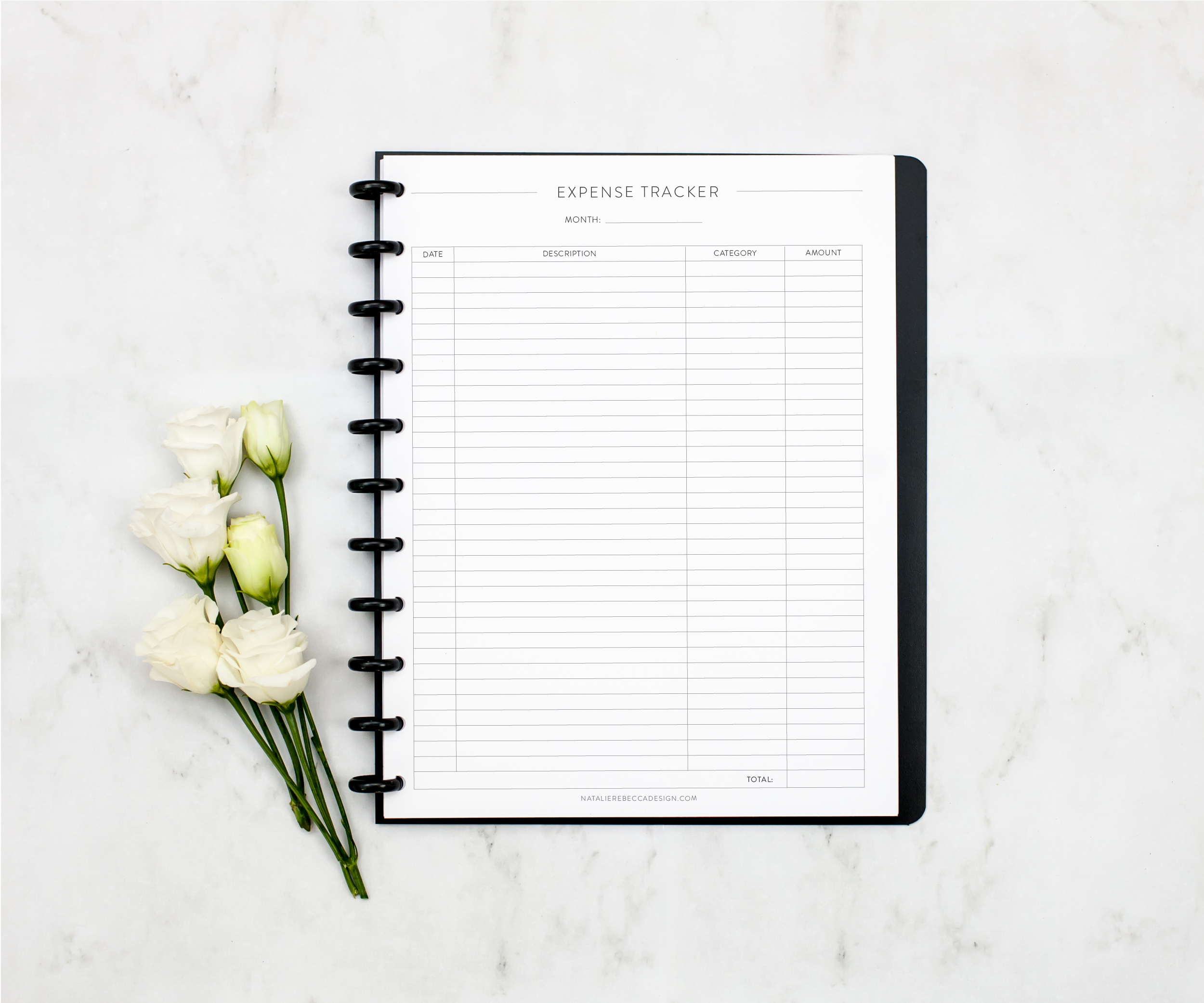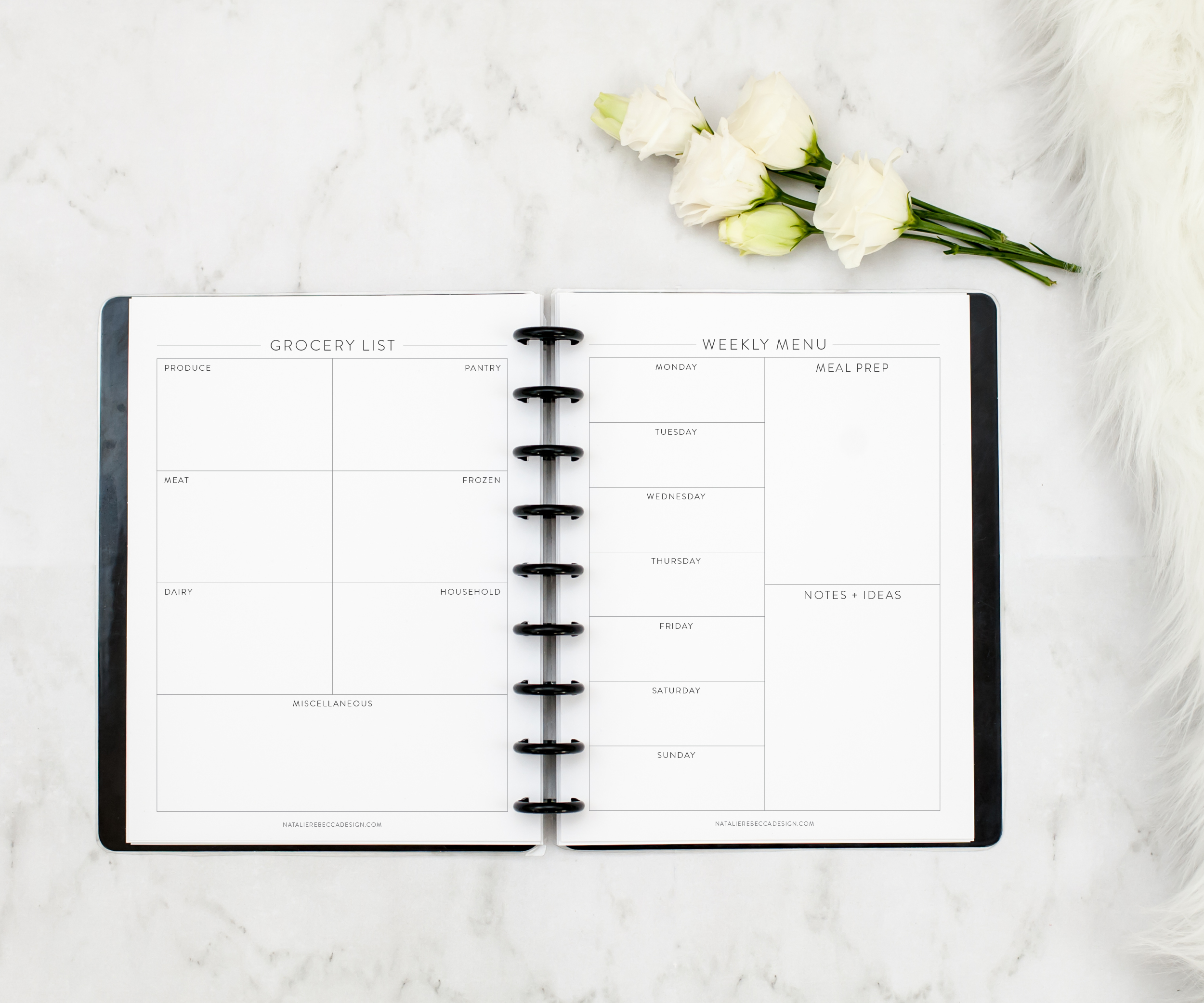Cutting Costs: A Band Aid for Bleeding Expenses
Aug 2nd 2022
Most of us lately have been feeling the pinch of rising costs of goods, gas, groceries, transportation, outings, and more. And that feeling is backed by statistics. According to The U.S. Bureau of Labor Statistics, from June 2021 to June 2022 the Consumer Price Index for All Urban Consumers rose 9.1 percent, the largest 12-month increase in almost 40 years. The increases in individual categories are staggering:
- Prices for food at home rose 12.2%
- Prices for food away from home rose 7.7%
- Prices for household furnishing and supplies are up 10.2%
- Apparel prices rose 5.2%
- Gasoline prices increased 59.9%
- Electricity prices are up 13.7%
- Prices for new vehicles increased 11.4%
- Prices of used vehicles rose 7.1%
It goes without saying that now might be a good time for each of us to take a few small, purposeful steps to help ease the burden of growing expenses. While it’s rare that eliminating a single expense will give you control over your finances, you can usually save a decent amount of money by combining savings from several different sources. Below are some basic areas and ways you can cut some costs, along with suggestions for a few of our products to help you along the way.
SWAP REUSABLE GOODS FOR CONSUMABLES
It’s so quick to grab a handful of paper towels to dry your hands or wipe down the counters. Making lunches seems easier with ziplock bags and plastic utensils. But these sorts of consumables can really add up! Consider swapping some, or all, of these items out with reusable items. Plastic containers, bento-style boxes, and inexpensive silverware have a small upfront cost, but in the long run they can save you continual expenses. Grab some before school begins to start the new year off right! In addition, consider buying a set of inexpensive plastic dishes and cups that are easy to toss in the dishwasher, rather than regularly using paper plates and cups throughout the house. The purchase of a few sturdy, washable microfiber cloths is an easy addition to your kitchen to wipe off tables and counters. Invest in a few different colors to keep some in your bathroom for cleaning as well. Or better yet, cut up old t-shirts to use as rags rather than always grabbing a disinfecting wipe. Buying refills rather than new bottles for soaps and cleaners is also a way to cut small expenses here and there.
CUT BACK ON SUBSCRIPTIONS/SERVICES
In this digital age, it’s likely that you have more subscriptions and services than you really even use -- and often they’re set up to auto-renew whether you even realize it or not! Make a plan to check your credit card statements for the yearly and monthly fees you pay for subscriptions, decide which ones you actually use the most, and cancel the rest. Take a look at your magazine subscriptions, streaming services, news apps, music services, other cell phone apps, shopping subscriptions, meal services, etc. Don’t forget other memberships, such as those at trampoline parks, movie theaters, etc. that you may not frequent any more. Eliminating just one or two services can add savings right away.
Need an easy way to track subscriptions, services, and other seemingly minor expenses? Use our Expense Tracker sheets to easily see what you’re spending each month. You can also check out our Expense Tracker Blog for more ways these inserts can benefit your day-to-day life!
BUY SECOND-HAND
During these days when the cost of new items seems to be continually increasing, consider giving second-hand a chance. Resale sports stores offer used goods at a discounted price, which can be especially helpful if you or your child is trying out something new that you’re not sure will be a long-term love. Buy-sell-trade pages are wonderful places to find items like musical instruments, large toys, baby gear, bikes, and more. Often these items are in like-new condition at just a fraction of the cost. Check in with family and friends for hand-me-down clothing, or do a neighborhood swap for books, toys, and clothes.
MEAL PLAN
Together, the cost of food at home and out of the house are about 20% more now than they were this time a year ago. That’s definitely a reason to give your grocery shopping and eating habits a look. Though meal planning can sometimes feel daunting, it’s a great way to reduce stress during the week and reduce costs at the grocery store. When you plan out what you’re going to eat for the week and shop accordingly, you reduce the number of trips you take to the store (added bonus of gas savings!) and generally shrink the number of times you eat out because you’re too tired, or hungry, or desperate to come up with something to make. For added savings, check out the grocery store flyers for weekly sales and plan your week’s meals around what is on sale. Once a month consider “shopping” your pantry and freezer to plan meals that use up items you have an abundance of.
GROCERY SHOP WITH A PURPOSE
Meal planning allows you to buy less at the store because you create a list of the specific ingredients you need for the meals you’re making that week. But you can also shop more purposefully by taking a few simple steps at home. Make use of a white board, phone app, or google home to keep a list of items you remember you need throughout the week. Check your pantry, spice area, and fridge before you leave and jot down anything you are low on. These steps will help you not buy things you already have in stock while replenishing and remembering what you do need.
Want more tips and tricks for meal planning and grocery shopping? Check out our Meal Planning Blog. Our Meal Plan inserts and Grocery List sheets are excellent additions to your planner to make meal planning a cinch!
REDUCE UTILITIES
Though big savings won’t be evident right away, trimming your utility bills can help save costs over time, and doing so really is only a matter of developing new habits. Turn off the lights throughout the house in any rooms you aren’t using. Turn the AC up just one notch during the summer months and turn the heat down a tad in the winter. (And be sure to replace filters regularly to allow the best airflow!) Shut off TVs and other devices when no one is using them. Turn off the water when brushing your teeth, and don’t over rinse and clean dishes prior to loading them into the dishwasher. Again, these adjustments don’t even mean a change in your lifestyle, just a change in your habits.
FIND A BALANCE FOR OUTINGS
Entertainment and travel don’t have to be extravagant to be fun and memorable. And while it’s totally fine to splurge on a vacation here and there, or go to the theater for a movie everyone’s been dying to see, finding a balance is key. Swap out some of your more typical costly outings for free or less expensive ones. Spend a day exploring, hiking, biking, or swimming at a nearby state park. Set up a tent in your own backyard for a fun camping experience (with clean and non-communal bathrooms!) Take advantage of free or reduced-cost summer specials like older movies playing during the week at movie theaters, or free bowling for kids at bowling alleys. Do an at-home new-release movie rental, complete with popcorn and boxed candy, rather than heading to the theater. Planning a staycation or outing close to home can save on those ever-increasing gas costs as well.
MAKE A BUDGET
Nobody really likes to hear these words, but making a budget is probably the single best way to reduce spending. If you don’t know where your money is going, you can’t plan for its best use. Our Monthly Budget inserts can help you start to see where you are spending your money. Over a couple of months you can identify areas where you could trim your expenses and start adding to your savings. If you need additional pages to help you on your financial journey, our Finance Plan includes the budgeting sheets and the expense trackers we mentioned previously, as well as account information, vehicle maintenance tracker, bill tracker, and debt snowball. If debt is an area of concern for you but you’re not sure how to tackle it, take a look at our Debt Snowball Blog for more information.
Sources Referenced:
https://www.discover.com/online-banking/banking-topics/7-ways-to-save-money-on-family-expenses/


